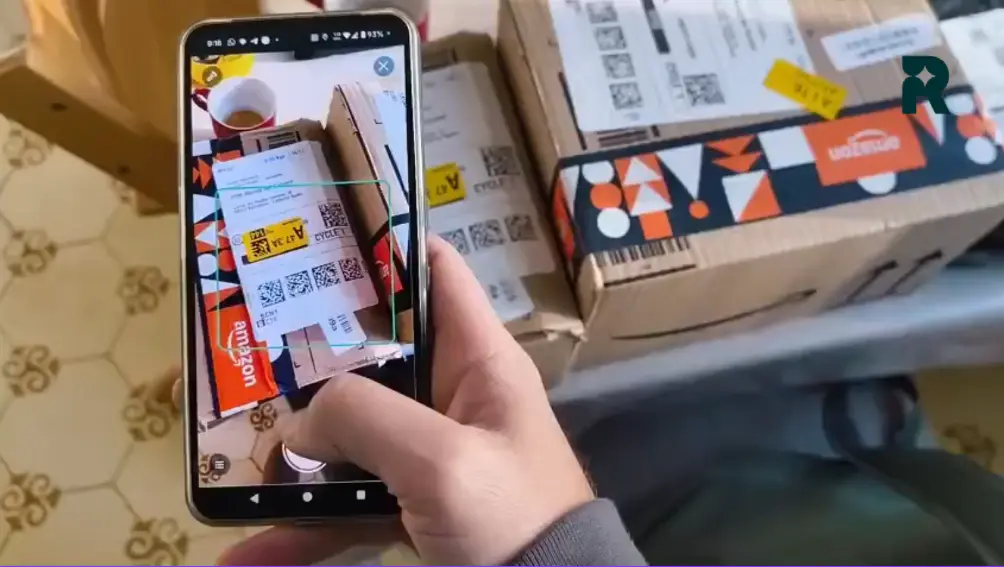How to optimize the distribution of frozen foods?
.webp)
In the world of logistics, every kilometer counts. But when we talk about the distribution of frozen products, every kilometer doesn't just mean time: it also involves a large amount of fuel, additional costs for cooling, vehicle wear and, especially in summer, a greater risk of losing the cold chain. Optimizing routes in this context ceases to be a desirable improvement and becomes a critical need.
In this article, we tell you how technology, and specifically Routal, can help you reduce these costs, ensure product quality and improve operational efficiency. And as proof of this, we share with you the success story of Guillen Food Company, a company that managed to save more than 27% in fuel consumption and improve its distribution processes with an integrated and scalable solution.
The challenges of distributing frozen foods
Distributing frozen products is not the same as distributing any other type of merchandise. Here temperature is a critical variable. The slightest delay or deviation can compromise the quality—and safety—of the product. In addition, these vehicles often require cooling systems that consume even more energy, especially in hot months.
Some of the key challenges include:
- Cold chain maintenance: Any unnecessary stop or extended route can break the ideal temperature.
- High operating costs: Fuel consumption in refrigerated trucks is considerably higher.
- Pressure for punctuality: Customers, especially supermarkets and hospitality, require deliveries in very tight time windows.
- Management of returns and returns: When a product does not meet standards, the logistical impact is twofold.
Optimizing distribution is therefore a mix of precision, agility and real-time control.
Every kilometer saved counts (and a lot)
When talking about route optimization, we often think about getting there faster. But in the case of frozen ones, Every kilometer saved not only reduces time: it also means great savings in fuel, especially in summer, when cooling systems are working at peak performance.
A journey of 15 km less per vehicle can translate into tens of liters of fuel saved per week. And if you have a fleet of several vehicles, the economic and environmental impact is enormous.
In addition, better planning makes it possible to make the most of load capacity, reduce empty paths and minimize unnecessary downtime.
Success Story: Guillen Food Company
Guillen Food Company, specialized in the distribution of frozen products throughout the Iberian Peninsula, faced several of these challenges:
- Inefficient routes, planned manually.
- High fuel consumption, especially in summer months.
- Lack of visibility on the status of deliveries and shipments.
- Difficulties integrating logistics data with your ERP system.
The company decided to implement Routal as a central tool for planning, optimizing and monitoring your last mile. The results were not long in coming.
✔ 27% savings in fuel consumption
Thanks to Routal's route optimization engine, Guillen Food Company was able to reduce unnecessary trips and plan smarter routes taking into account factors such as traffic, type of vehicle and time windows.
✔ More standardized logistics processes
Before Routal, each planner had their “way” of organizing routes. Today, the company works with unified criteria and clear rules, which has made it possible to reduce errors, gain consistency and facilitate the training of new operators.
✔ Easy integration with your ERP
One of the aspects most valued by Guillen was Routal's ability to easily integrate with its existing ERP. This allowed them to automate the import of orders, synchronize customer data and generate centralized reports, without the need for manual processes or additional tools.
✔ Improved traceability and visibility in real time
With Routal, logistics managers can monitor the location of vehicles in real time, know the status of each delivery and react quickly to any unforeseen event. This not only improves the internal operation, but also the customer experience.
Keys to optimizing your frozen food distribution
If you're facing similar challenges, here are some practical tips to start optimizing:
- Invest in an intelligent planning tool: Excel is no longer enough. You need specialized software to help you reduce kilometers and optimize each delivery.
- Automate as much as possible: from assigning orders to generating reports. Automating saves you time and reduces errors.
- Take advantage of data: analyze which routes are less efficient, which areas generate the most incidents or which vehicles consume the most. Optimization is an ongoing process.
- Establish clear planning rules: Define time windows, maximum capacities, product types and priority zones. The more detail, the better the optimization will work.
- Prioritize integration: Make sure that your logistics tool can easily connect with your ERP, CRM or other platforms. Integration is key to scaling without friction.
Conclusion
Optimizing the distribution of frozen foods is not only a matter of efficiency, but of survival in an increasingly demanding and competitive market. Reducing kilometers means reducing costs, protecting product quality and caring for the environment.
The Guillen Food Company case demonstrates that with the right tool, it is possible to transform a complex logistics operation into a controlled, efficient and scalable process.
Do you want to know how Routal can help you achieve this? Write to us and start saving from the first route.




%20(22).webp)
%20(12).webp)
%20(11).webp)


.png)


